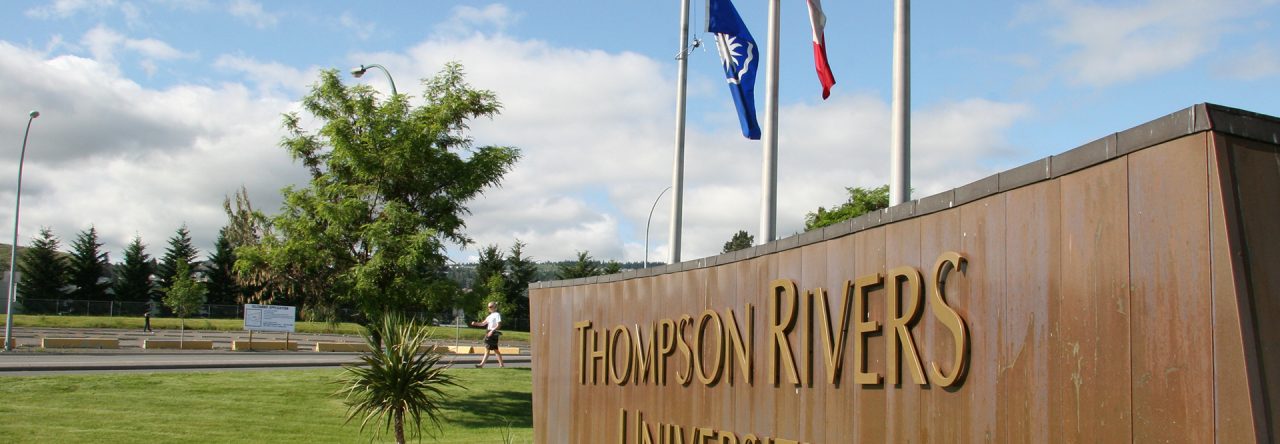A few years ago I had the opportunity to attend the LearnxDesign conference hosted at the School of the Art Institute of Chicago. During the conference I presented a paper on a relatively recent project I had undertaken to better understand the needs of faculty with respect to some upcoming classroom renovations. Afterwards I was part of a team that edited a special issue of FORMakademisk about design in learning.
Seeing that my role once again is intersecting with the needs of faculty with respect to classroom and learning space design, it thought I would go back to that unpublished paper and pull forward a few basic principles of theory that were discussed at that conference, and also provide a quick summary of the results from the research project. These ideas are being presented in three parts, this, the second installment provides the results of our small study. The final post will bring forward some of my thoughts on what we need to consider for designing learning spaces in the future.
What do faculty and students want to see and feel in their classrooms? How and where do faculty teach best, and students learn best? This is a summary of a small study where we tried to find answers these and other questions.
In collaboration with the Library at a mid-sized University in Ontario, students and faculty were invited to complete a survey and attend focus groups about learning space at the university in preparation for upcoming renovations. Ethical approval was applied for and received, and participants agreed that their data could be shared providing their identities remained confidential. The response rate was very strong with 44 faculty completing the survey (nearly the entire faculty complement) and 100 students (out of approximately 1,200). Ten faculty members and eight students attended four focus groups. Students and faculty responses were recorded separately, and no incentive was provided for their participation in the survey or the focus groups.
The survey covered a variety of topics, including use and preference for types of technology (Apple/PC user, laptop or desktop) as well as preferences for space design, including furniture and lighting. The focus group questions concentrated more on how students and faculty actually made use of the learning spaces and what they would like to see changed. For example, focus group participants were to indicate on a paper map of the campus the spaces that they liked and used and those that they disliked or avoided, then explained why.
Responses have been summarised here to illustrate some of the most salient and general points that came out of these discussions. I have avoided summarizing specific complaints about particular classrooms, however that information was shared with the administration. As I move through the data now, almost five years later I realize how rich this information is and how generous the participants were with their experiences.
A few key findings:
First and foremost, faculty and students were very clear in their statements that space made them feel a certain way, and that space was not neutral in design or function. Students and faculty repeatedly stated that rooms with no windows were “depressing”, and that the rooms that hadn’t been renovated or re-painted in years were “uninspiring” or “gloomy”. There was no preference among faculty or students for active learning (flat) classrooms or tiered lecture halls.
Both faculty and students urged consistency in design and use. As they both travel in and out of different spaces though their days and weeks, different setups, different amenities and opportunities were confusing and changed the way the classes operated. Simply having computers that all used the same switches and the same number of white or blackboards in each room was seen a critical factor in comfort and easing frustration.
The campus in general invoked a distinct sense of nostalgia. That nostalgic space is positive in forming a sense of community, but was seen to reinforce hierarchies, including who had access to the most desirable spaces, and importantly, who did not. Who had keys to what was seen as an indicator of power and control.
There was an emerging understanding of the need for spaces that were accessible for a variety of body types and mobilities. Students in particular indicated that spaces were not designed for bodies that were built smaller or larger than average, and this brought forward discussion of specific cases where students were uncomfortable or unable to participate. A student shared an example about a newly renovated space where the new furniture couldn’t meet the needs of another specific student causing old furniture to have to be brought in for their use.
Lastly, and with emphasis, there are never enough power outlets.
I think these results are helpful in highlighting very basic considerations when thinking about learning spaces. Simple fixes like paint, consistent setup and an awareness of how bodies move through space are basic considerations that have a big impact. So much so that we likely don’t notice when they are done well- good spaces let learning come to the forefront. How we teach and learn is situated in a place, influenced by factors largely outside the control of both teachers and learners. Though we anticipated finding strong preferences for specific classroom designs given anecdotal conversations about large lecture halls vs. classes with moveable chairs, in this small sample there were no discernable preferences. One way of interpreting that finding is that the real difference is the teacher-student interaction, and that is more important than where people are located in a place. At CELT, we aim to support faculty and help them find ways to move students toward learning outcomes. Educators create structures that support learning. When the end goal is a positive student learning experience, there are myriad good ways to get there, even when the space isn’t perfect. We must not forget that learning happens everywhere- it is not confined or limited to a classroom.

Leave a Reply